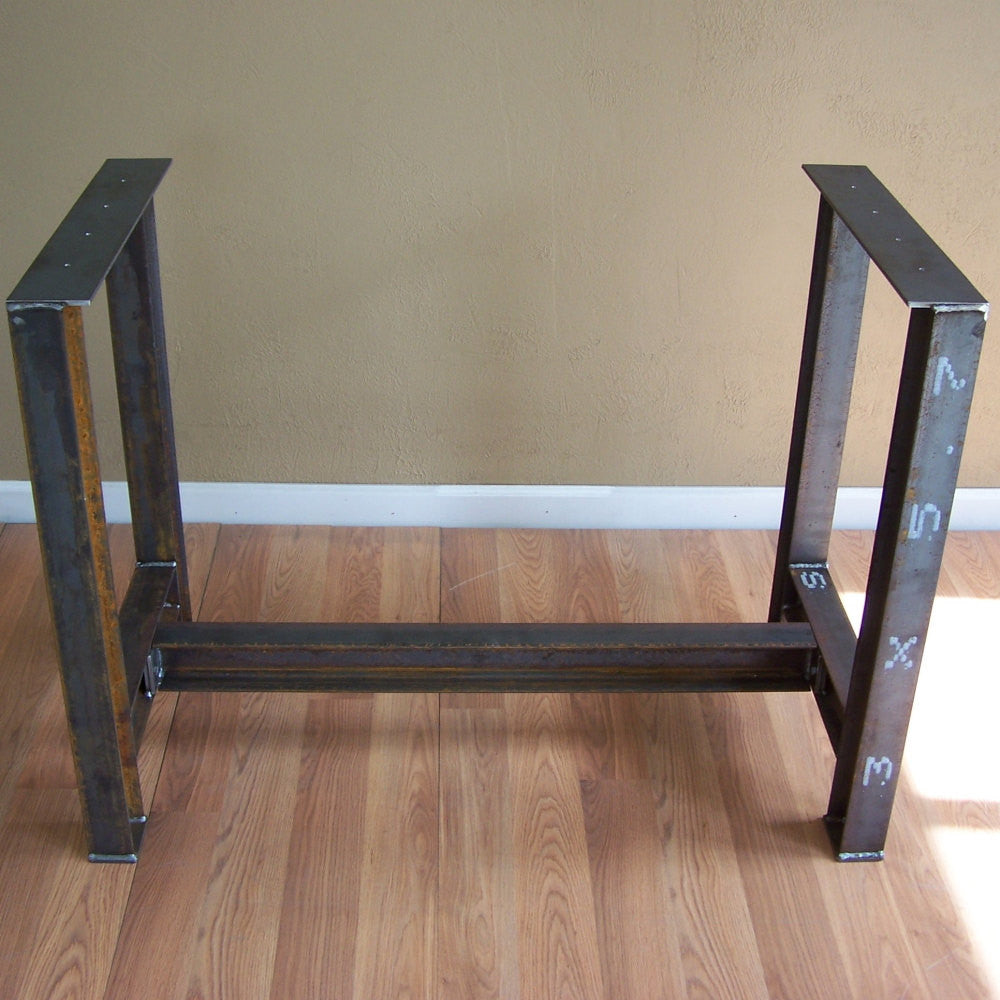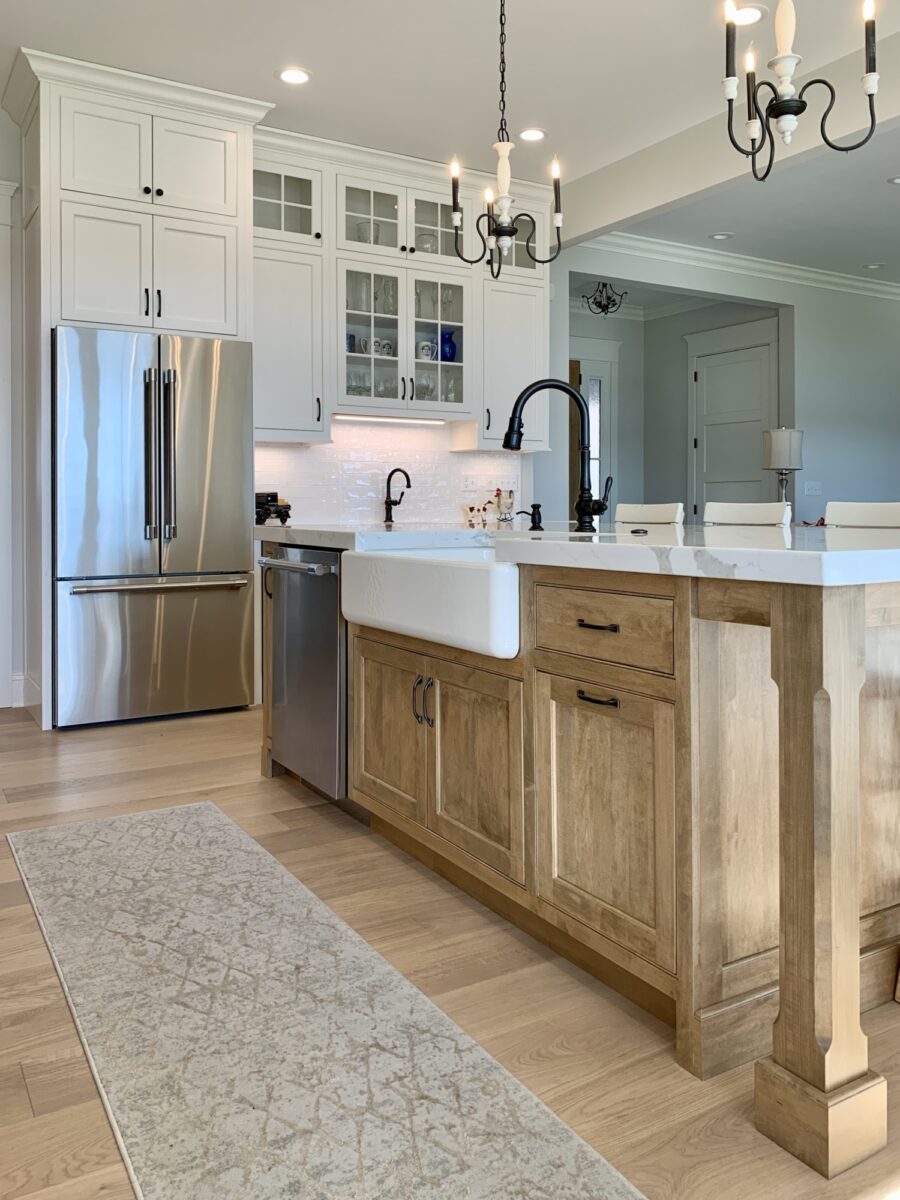Attain the Perfect Equilibrium of Kind and Function with Legs For Kitchen Island
Attain the Perfect Equilibrium of Kind and Function with Legs For Kitchen Island
Blog Article
Key Factors To Consider for Finding the very best Legs For Kitchen Area Island for Your Design
When picking the suitable legs for your kitchen island, numerous essential considerations enter into play that can considerably influence both functionality and visual appeals. The selection of design, elevation, and material need to align with your general cooking area design to ensure an unified appearance. Furthermore, security and upkeep requirements are critical for long-term usage and convenience of care. Comprehending these variables can enhance your kitchen area's usefulness and aesthetic appeal, but the nuances of each factor to consider can often be ignored. What effects might these selections have on your kitchen's general environment?
Determine Your Design Choice
When selecting the perfect legs for your kitchen island,Establishing your design preference is important. The legs of your kitchen island not only offer a practical function but additionally add considerably to the total visual of the room. Identifying your layout style-- be it contemporary, rustic, traditional, or commercial-- is vital.
For a modern cooking area, think about sleek, minimalistic legs that enhance open spaces and tidy lines. In contrast, a rustic setup may gain from more durable, farmhouse-style legs made of redeemed materials. Standard kitchen areas commonly favor transformed or luxuriant legs, which can add a touch of elegance and sophistication. A commercial visual might call for steel legs that stress a raw, unfinished look.
Additionally, take into consideration the height and percentage of the legs in connection to the island's surface. Inevitably, your style choice will affect not only the selection of legs but additionally the general consistency of your kitchen area's design.
Choose the Right Product
Selecting the ideal product for your kitchen island legs is crucial in guaranteeing both resilience and visual appeal. Different products provide distinctive advantages, and the option frequently shows your layout preferences and practical requirements.
Wood is a preferred choice, supplying heat and flexibility. It can be discolored or repainted to match your kitchen decoration, making it versatile to various styles, from rustic to contemporary. Timber might require regular maintenance to protect its look and honesty.

If you seek a special touch, consider acrylic or glass materials. They can produce an impression of space and lightness in your cooking area, making them an outstanding option for smaller sized locations - Legs For Kitchen Island. These choices may need careful handling and upkeep to avoid scratches.
Eventually, the product you pick need to align with your kitchen area's general style, making certain that the legs offer both decorative and practical functions.
Think About Elevation and Percentages
When making a cooking area island, elevation and percentages play an essential role in making certain functionality and comfort. The typical elevation for a kitchen area island normally varies from 36 to 42 inches, lining up with conventional counter heights or bar elevations, specifically. This dimension is important for harmonizing with bordering stools and countertops, making it possible for simplicity of usage during meal prep work and social interactions.
Additionally, the island's percentages need to match the overall cooking area design. A well-proportioned island ought to not bewilder the area; rather, it must produce a well balanced visual. Consider the proportion between the island's size and length, guaranteeing it supplies adequate surface location without crowding the kitchen. A basic guideline is to keep a width of 24 to 48 inches, facilitating motion and accessibility.
Additionally, the elevation of the legs or base can influence the visual appeal and capability. Taller legs may offer a more contemporary, ventilated feel, while shorter ones can stimulate a traditional, grounded look. Inevitably, thoroughly taking into consideration elevation and proportions will lead to a cooking area island that is both visually attractive and functionally efficient, boosting the overall design of the area.
Assess Security and Durability
A kitchen area island's legs need to not just enhance its elevation and percentages but also offer appropriate security and longevity to sustain day-to-day tasks. The legs are important to the general capability of the island, as they bear the weight of the countertop and any additional loads, such as appliances or cooking tasks.
When assessing stability, it is crucial to consider the leg design and product. Sturdy steel or strong hardwood legs frequently offer remarkable stamina contrasted to lighter materials like crafted timber or plastic. Additionally, a bigger base can enhance security, minimizing the danger of tipping or tottering during usage.
Durability is equally essential; the legs should resist damage from daily use. Consider coatings that safeguard versus scrapes, damages, and moisture, specifically in a kitchen area environment. In addition, examine the quality of building and construction, such as fastenings and joints, which can dramatically impact the legs' lasting performance.
Eventually, purchasing well-crafted legs that prioritize security and resilience will certainly guarantee your kitchen island continues to be a dependable work space for years to find, boosting your cooking experiences while maintaining aesthetic allure.
Factor in Upkeep and Care
Maintenance and care are important factors to consider for guaranteeing the durability and efficiency of cooking area island legs. When selecting legs, it is necessary to review the products used, as different options need varying levels of upkeep. For go to this website circumstances, wood legs might call for routine refinishing or securing to stop moisture damage and scratches, while metal legs may need regular polishing to maintain their shine and avoid corrosion.
Moreover, the finish related to the legs can influence maintenance demands. A high-gloss finishing may be simpler to clean yet can reveal fingerprints and scratches extra conveniently than a matte surface. It is recommended to choose products and coatings that match your lifestyle; as an example, if you regularly hold gatherings, select long lasting materials that can withstand damage.
Furthermore, think about the cleansing procedure involved in keeping these legs. Smooth surface areas frequently call for very little effort, while complex designs may collect dust and crud, requiring even more labor-intensive cleaning approaches. Legs For Kitchen Island. Eventually, considering the maintenance and treatment required for your selected kitchen island legs will certainly not just improve their visual appeal yet also guarantee their functional stability over time
Final Thought
In conclusion, choosing the optimum legs for a kitchen island demands careful consideration of numerous factors, including layout style, material choice, stability, height, and maintenance. Each element Get More Info plays a critical role in ensuring that the legs not only improve the visual allure of the kitchen however likewise give the necessary support and toughness for day-to-day usage. A well-informed decision will eventually add to a practical and aesthetically pleasing cooking area setting.
The legs of your cooking area island not just offer a useful purpose but also contribute considerably to the overall aesthetic of why not look here the space.Maintenance and care are critical considerations for ensuring the longevity and performance of kitchen island legs. Wooden legs might call for routine refinishing or securing to stop wetness damage and scratches, while metal legs might need normal polishing to maintain their shine and prevent corrosion.
Inevitably, factoring in the maintenance and care needed for your picked kitchen area island legs will not only boost their visual appeal but additionally guarantee their practical integrity over time.

Report this page